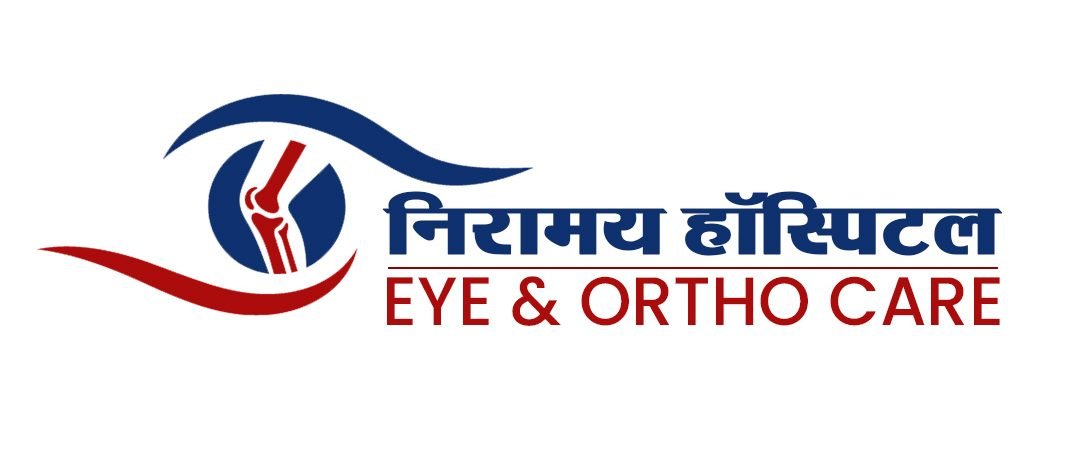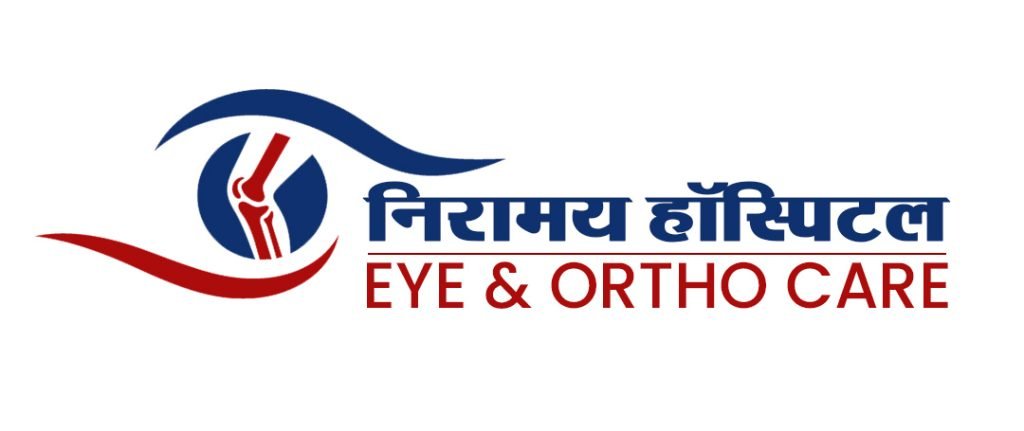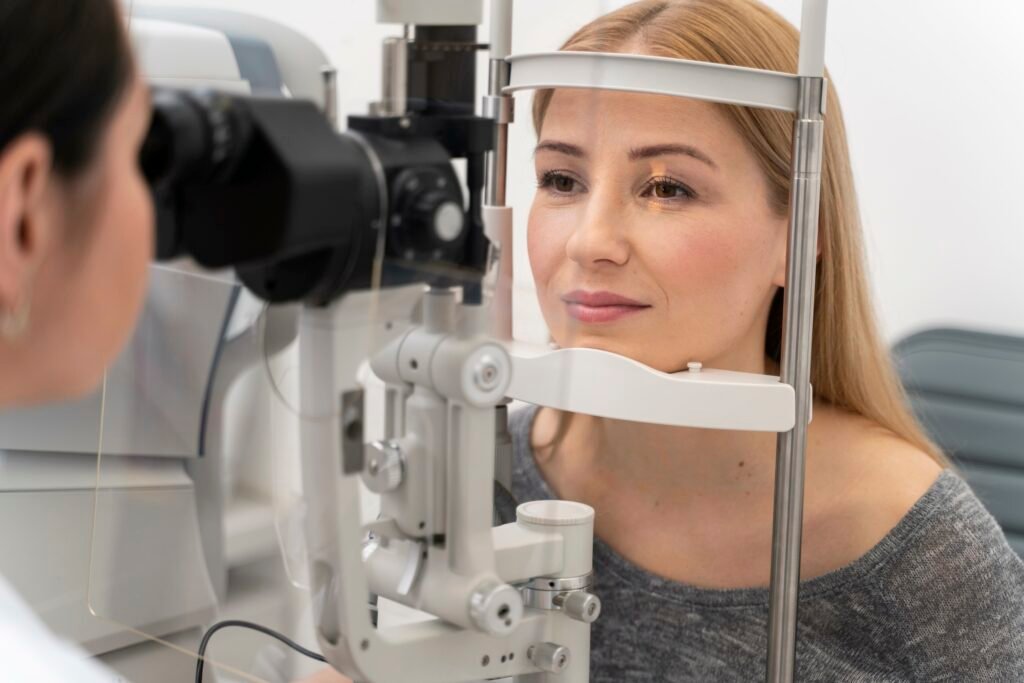Diabetes is a chronic condition that affects millions of people worldwide, and its impact extends far beyond blood sugar levels. One of the most significant and often overlooked complications of diabetes is its effect on eye health. Diabetic eye disease encompasses a group of eye problems that can develop in people with diabetes, potentially leading to severe vision loss or even blindness if left untreated. In this comprehensive guide, we’ll explore the various aspects of diabetic eye disease, its prevention, and the crucial role of regular eye check-ups with the best eye specialist in Kota.
Understanding Diabetic Eye Disease
Diabetic eye disease is an umbrella term for several eye conditions that can affect people with diabetes. These conditions include:
- Diabetic Retinopathy: The most common diabetic eye disease, affecting the blood vessels in the retina.
- Diabetic Macular Edema (DME): A consequence of diabetic retinopathy, causing swelling in the macula.
- Cataracts: A clouding of the eye’s natural lens, which develops at an earlier age in people with diabetes.
- Glaucoma: Increased pressure within the eye, leading to optic nerve damage.
The Importance of Early Detection
One of the most challenging aspects of diabetic eye disease is that it often develops without any noticeable symptoms in its early stages. By the time vision changes become apparent, significant damage may have already occurred. This is why regular comprehensive eye exams with an eye doctor in Kota are crucial for anyone with diabetes.
The Role of the Best Eye Doctor in Kota
A skilled eye specialist in Kota can detect early signs of diabetic eye disease before they affect your vision.
Through a comprehensive eye exam, they can:
- Assess the health of your retina and its blood vessels
- Check for any signs of swelling or leakage in the macula
- Evaluate the clarity of your eye’s natural lens
- Measure intraocular pressure to screen for glaucoma
Early detection allows for timely intervention, which can significantly reduce the risk of severe vision loss.
Diabetic Retinopathy: The Silent Threat
Diabetic retinopathy is the most common form of diabetic eye disease and a leading cause of blindness in adults. It occurs when high blood sugar levels damage the tiny blood vessels in the retina, the light-sensitive tissue at the back of the eye.
Stages of Diabetic Retinopathy
- Mild Nonproliferative Retinopathy: Small areas of balloon-like swelling in the retina’s blood vessels, called microaneurysms, occur.
- Moderate Nonproliferative Retinopathy: As the disease progresses, some blood vessels that nourish the retina become blocked.
- Severe Nonproliferative Retinopathy: More blood vessels become blocked, depriving several areas of the retina of blood supply.
- Proliferative Diabetic Retinopathy: The most advanced stage, where the retina starts growing new blood vessels. These fragile vessels can leak, leading to vision loss and even retinal detachment.
Symptoms of Diabetic Retinopathy
In its early stages, diabetic retinopathy may not cause any noticeable symptoms. As the condition progresses, you may experience:
- Blurry vision
- Dark or empty areas in your vision
- Difficulty perceiving colors
- Vision loss
- Floaters or dark strings in your vision
If you experience any of these symptoms, it’s crucial to visit an eye check up clinic near me as soon as possible.
Diabetic Macular Edema: A Serious Complication
Diabetic macular edema (DME) is a consequence of diabetic retinopathy that affects the macula, the part of the retina responsible for sharp, central vision. DME occurs when the damaged blood vessels leak fluid into the macula, causing it to swell.
Symptoms of DME
- Blurry or wavy central vision
- Colors appear washed out or faded
- Difficulty reading or recognizing faces
Early detection and treatment of DME are crucial to prevent permanent vision loss. Regular check-ups with the best eye specialist in Kota can help catch and manage this condition before it severely impacts your vision.
Prevention and Management of Diabetic Eye Disease
While diabetic eye disease can be serious, there are several steps you can take to reduce your risk and manage the condition effectively:
- Control Your Blood Sugar: Maintaining good blood sugar control is the most important step in preventing diabetic eye disease.
- Manage Blood Pressure and Cholesterol: High blood pressure and cholesterol can increase the risk of eye complications in diabetes.
- Regular Eye Exams: Visit an eye doctor in Kota at least once a year for a comprehensive dilated eye exam.
- Maintain a Healthy Lifestyle: Regular exercise, a balanced diet, and avoiding smoking can all contribute to better eye health.
- Be Aware of Vision Changes: Report any sudden changes in vision to your eye doctor immediately.
Treatment Options for Diabetic Eye Disease
If diabetic eye disease is detected, there are several treatment options available, depending on the specific condition and its severity:
For Diabetic Retinopathy and DME:
- Anti-VEGF Injections: These medications help reduce abnormal blood vessel growth and leakage.
- Laser Treatment: Can seal leaking blood vessels and reduce swelling in the retina.
- Vitrectomy: A surgical procedure to remove blood or scar tissue from the eye in advanced cases.
For Cataracts:
- Cataract Surgery: Involves removing the cloudy lens and replacing it with an artificial one.
For Glaucoma:
- Eye Drops: To lower intraocular pressure
- Laser Treatment: To improve drainage of fluid from the eye
- Surgery: In more severe cases, to create a new drainage channel
The Importance of Choosing the Right Eye Care Provider
When dealing with diabetic eye disease, choosing the right eye care provider is crucial. The best eye hospital in Kota should offer:
- Comprehensive Eye Exams: Including dilated eye exams to thoroughly assess retinal health.
- Advanced Diagnostic Equipment: Such as optical coherence tomography (OCT) for detailed imaging of the retina.
- Experienced Specialists: Ophthalmologists with specific expertise in managing diabetic eye disease.
- Range of Treatment Options: From medication and laser treatments to advanced surgical procedures.
- Patient Education: Providing resources and support to help you manage your eye health.
Living with Diabetic Eye Disease
A diagnosis of diabetic eye disease can be overwhelming, but with proper management and care, many people maintain good vision throughout their lives. Here are some tips for living with diabetic eye disease:
- Adhere to Your Treatment Plan: Follow your doctor’s instructions regarding medications, lifestyle changes, and follow-up appointments.
- Monitor Your Vision: Use an Amsler grid at home to check for changes in your central vision regularly.
- Maintain Good Overall Health: A healthy lifestyle benefits both your diabetes management and eye health.
- Stay Informed: Keep up with the latest developments in diabetic eye disease treatment and management.
- Seek Support: Connect with others who have diabetic eye disease through support groups or online communities.
The Future of Diabetic Eye Disease Management
Research into diabetic eye disease is ongoing, with promising developments on the horizon:
- Artificial Intelligence: AI algorithms are being developed to analyze retinal images and detect early signs of diabetic retinopathy.
- Gene Therapy: Researchers are exploring gene therapy as a potential treatment for diabetic retinopathy.
- New Drug Delivery Methods: Long-acting implants that slowly release medication into the eye are being developed.
- Stem Cell Therapy: Studies are investigating the use of stem cells to repair damaged retinal tissue.
These advancements offer hope for even better management and treatment of diabetic eye disease in the future.
Frequently Asked Questions (FAQs)
- Q: How often should someone with diabetes have an eye exam? A: Dr. Ankur Jain in Kota recommends that people with diabetes have a comprehensive dilated eye exam at least once a year, or more frequently if advised by their eye doctor.
- Q: Can diabetic eye disease be reversed? A: Dr. Ankur Jain explains that while some effects of diabetic eye disease can be treated, prevention and early detection are key. Once damage occurs, it often can’t be fully reversed, emphasizing the importance of regular check-ups.
- Q: Are there any warning signs of diabetic eye disease I should watch for? A: Dr. Ankur Jain advises patients to be alert for symptoms such as blurry vision, dark or empty areas in your vision, difficulty seeing colors, and any sudden changes in vision. However, he stresses that many people with diabetic eye disease don’t experience early symptoms, which is why regular exams are crucial.
- Q: Can maintaining good blood sugar control prevent diabetic eye disease? A: According to Dr. Ankur Jain, good blood sugar control is the most important factor in preventing or slowing the progression of diabetic eye disease. However, he notes that regular eye exams are still essential, as some people may develop eye problems even with good control.
- Q: What’s the difference between a regular eye exam and a diabetic eye exam? A: Dr. Ankur Jain explains that a diabetic eye exam includes all elements of a regular exam, plus additional tests to check for diabetes-related eye problems. This typically includes dilating the pupils to thoroughly examine the retina and may involve specialized imaging tests.
Conclusion: Protecting Your Vision, Preserving Your Quality of Life
Diabetic eye disease is a serious but manageable complication of diabetes. With early detection, proper treatment, and good diabetes management, you can significantly reduce your risk of severe vision loss. Regular comprehensive eye exams with a skilled eye specialist are your best defense against the potentially devastating effects of diabetic eye disease.
Don’t let diabetes compromise your vision. Take control of your eye health today by scheduling a comprehensive eye exam with Dr. Ankur Jain, renowned as the best eye doctor in Kota. With state-of-the-art diagnostic equipment, extensive experience in managing diabetic eye disease, and a commitment to personalized care, Dr. Jain and his team at the best eye hospital in Kota are equipped to provide you with the highest standard of eye care.
Remember, your vision is precious, and with diabetes, vigilance is key. Don’t wait for symptoms to appear – be proactive about your eye health. Contact JainOrthovision clinic today to schedule your comprehensive diabetic eye exam. Let us help you preserve your vision and maintain your quality of life for years to come. Your future self will thank you for the clear vision and peace of mind that comes with expert, attentive diabetic eye care.






